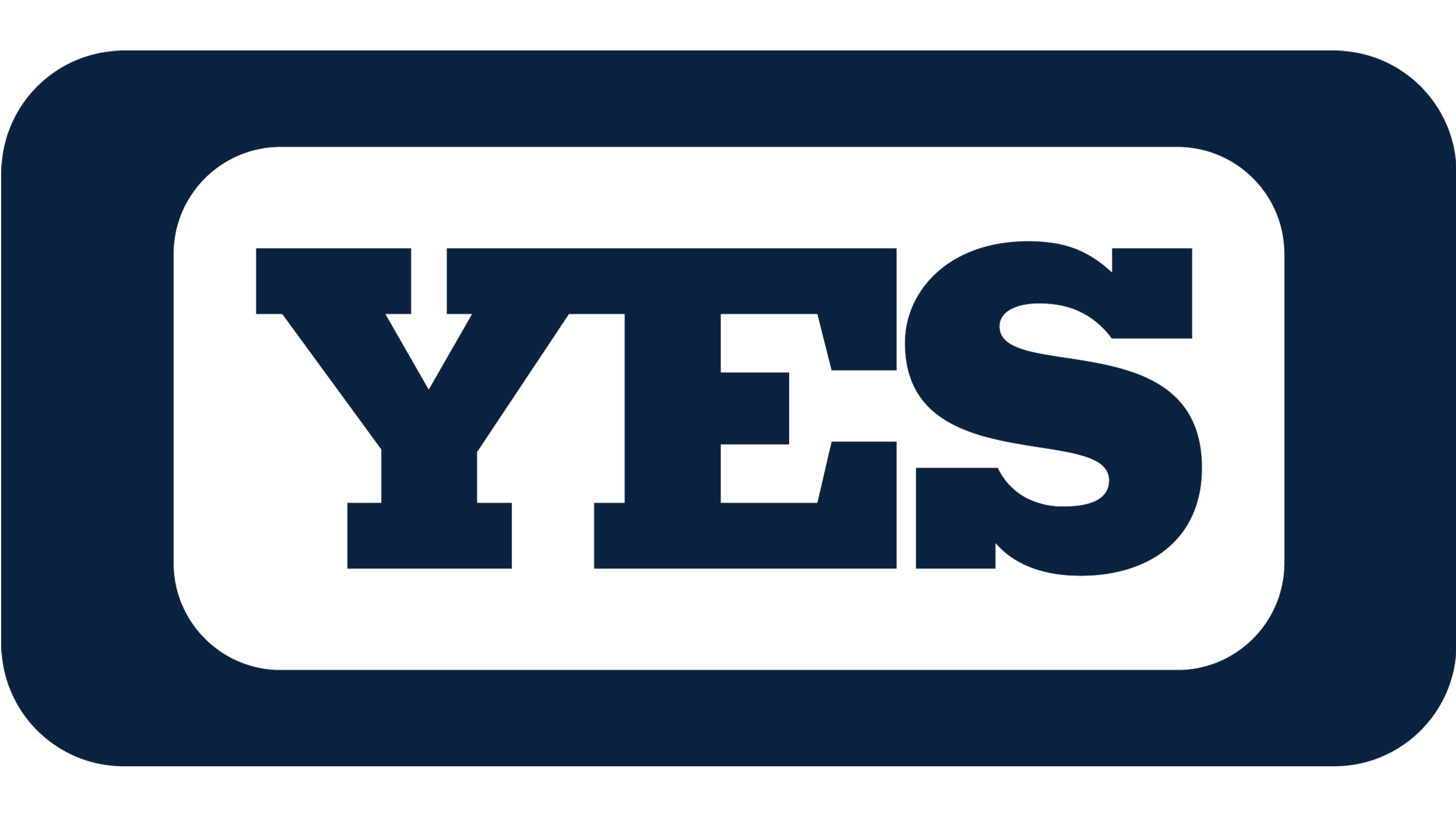
Leading up to Christmas, we're counting down each day with the best players to wear numbers 1-25 for the Yankees. The list includes Hall of Famers, recent stars, title-winning managers and fan favorites that have donned pinstripes over the last 115 years.
Let's continue with two No. 9s, Roger Maris and Graig Nettles.
Like No. 8, the Yankees' No. 9 shares its history with multiple All-Star players. While the number is retired for Roger Maris, who won back-to-back MVPs during his seven years in New York, third baseman Graig Nettles made a longer impact in the Bronx while winning two World Series. Therefore, you can't talk about No. 9 without mentioning both men's accomplishments.
First up, Maris.
The Minnesota-born outfielder began his career in Cleveland before heading to Kansas City. After an All-Star appearance in 1959, he was traded to the Yankees in a seven-player deal that sent Hank Bauer and Don Larsen the other way. This was back in the day when the KC Athletics were jokingly considered a Yankees farm team.
At 25 and in the prime of his career, Maris immediately took off in the Bronx. In 1960, he compiled 39 home runs, a league-leading 112 RBI and a .581 slugging percentage, earning his first MVP in the process. He'd add two homers and eight hits in the 1960 World Series.
However, his defining year came in 1961. Alongside Mickey Mantle, Maris chased Babe Ruth's single-season home run record, making national headlines. Though it took him longer than 154 games (the old length of a season), he broke the record with his 61st home run on the last day of the regular season.
The home run record (as well as his 141 RBI) earned him his second MVP, and he'd add another home run in his first World Series win that October.
A year later, he'd win another title while hitting 33 homers and driving in 100 runs. For the fourth straight year, Maris was an All-Star, though it'd be his final Midsummer Classic.
Though still productive, Maris declined in New York over the next few years. After completing his seventh season in the Bronx after 1966, he was dealt to St. Louis, where he'd win one championship in his final two seasons.
Meanwhile, Nettles also passed through the American League Central on his path to New York, playing three seasons each in Minnesota and Cleveland before being traded to the Bombers in 1972. The California native joined the Yankees just in time for the prime of his career.
Nettles manned the hot corner in the Bronx over 11 seasons. He would make five All-Star appearances and win two Gold Gloves, garnering a reputation as a stout defender. He averaged 140 games and 23 home runs, hitting as many as 32 to lead the league in 1976.
The third baseman also came through in the clutch for the Yankees. He helped them win two World Series and reach two more. He famously caught a foul pop-up for the final out of the 1978 one-game playoff with the Red Sox. His nine RBI and .500 batting average earned him 1981 ALCS MVP.
In total, Nettles produced 44.4 WAR in New York. His 68.0 WAR for his career are a worthy number for a Hall of Fame third baseman, though Nettles was passed over in four years on the HOF ballot. , designed to measure a player's full offensive contribution, also looks favorably upon Nettles' career.
While Maris gets his jersey retired in Monument Park, Nettles deserves similar credit for his performance in New York. He didn't have the peak of Maris, yet he spread out his influence over a longer period, thus making the duo each worthy of the Yankees' No. 9.


